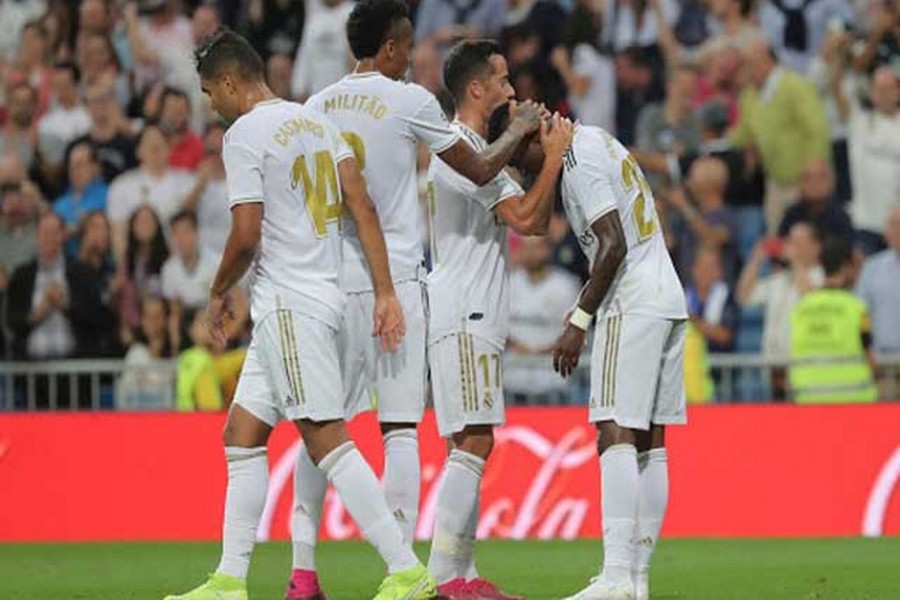Transfer fees of players are climbing every year. Big clubs are finding it difficult to match the market with their need while abiding by the financial fair play. However, there’s a way these clubs keep a balance between the demand and hike which is called amortisation.
When a player is purchased, his cost is capitalised on the balance sheet and is written down (amortised) over the length of his contract. In easy words, transfer fees for accounting purposes are spread over the length of a players’ contract.
For instance, Luka Jovic was bought for €60 million on a 6 years’ deal in 2019/20. The cost of his transfer was split evenly across 6 years. It costs every financial year €10 million. His annual income is €15 million including tax. So the annual cost behind him is €25m.
Assume Real Madrid decides to sell him for €30 million on 2021/22 transfer window which will apparently incur a €30 million loss. But, with amortisation, Real Madrid loses only €10 million on the fee. The math is simple. Real Madrid amortised €20m transfer fee (10 per year) in 2 financial years. To even up, the club needs to sell him for €40 million.
Also, Real Madrid doesn’t need to spend €25 million on Jovic that they paid in 2020/21. So the club actually makes an annual profit improvement of (25m-10m) €15 million from the previous season.
For more hypothetical scenarios, let’s look into the Mbappe transfer issue. If Real Madrid buys Mbappe for €150 million in a 5 years’ contract, that €150m will split up evenly through 5 years making it €30 million per year, amortised for Mbappe.
So the main problem for Real Madrid remains €72 million and €40 million of Hazard and Jovic which are yet to be amortised. Added to that, they aren’t performing so far and are on the high payroll. Bale’s fee is already amortised. So selling him even for free means a different financial improvement of his whole wages. The same is for Isco and Marcelo as well. For Varane, even if Madrid sells him for €40 million, that money will straight go into the profit book as there is no amortisation left.
For the same reason, offloading Coutinho anyhow will be good for Barcelona’s finances at present, no matter how much the overall loss is. It was the only use of Barcelona’s exchange of goalkeepers with Valencia. Neto and Cillesen changed clubs and their transfers were divided by the number of years at the club. And both clubs balanced their financial sheets when they immediately put the whole amount they got for the transfer in their financial report.
Amortisation is no real money. It helps clubs with Financial Fair Play (FFP) and the club’s own finances. Also, it’s always good to offload a player with a high wage early if he isn’t doing any good, like United did with Di Maria. In every transfer season, amortisation becomes a significant factor for clubs to explore the transfer windows.
Wasif Rahman is a student at M Abdur Rahim Medical College, Dinajpur.


